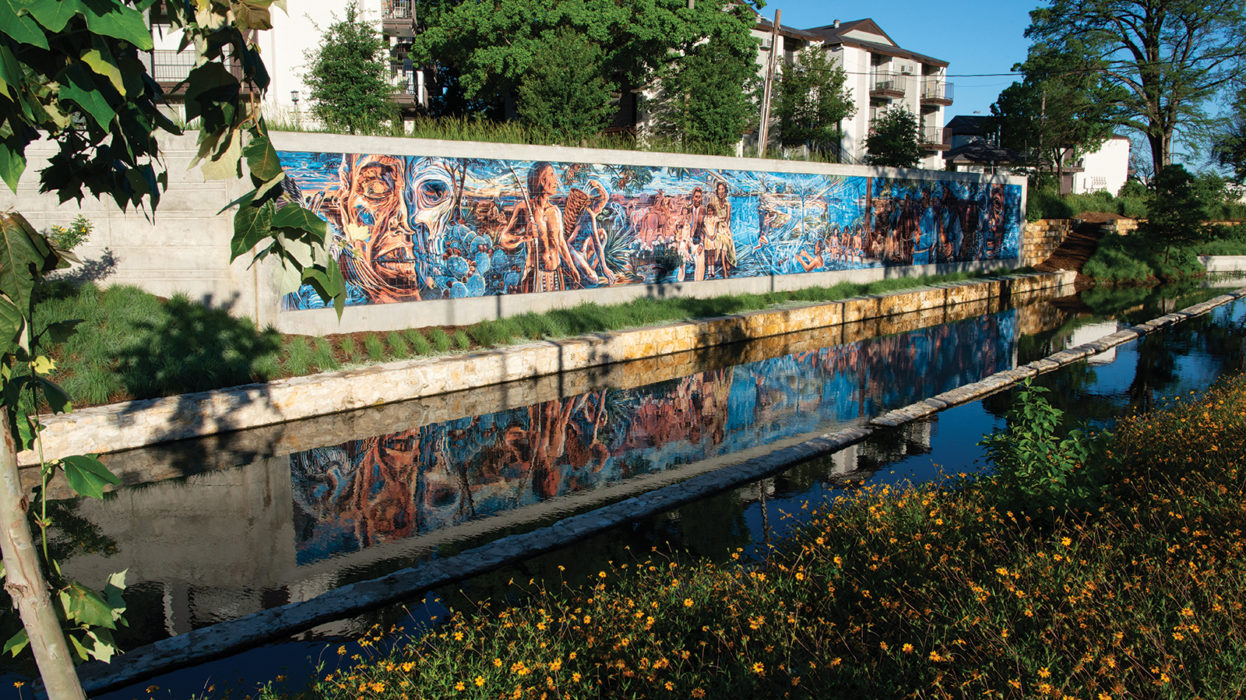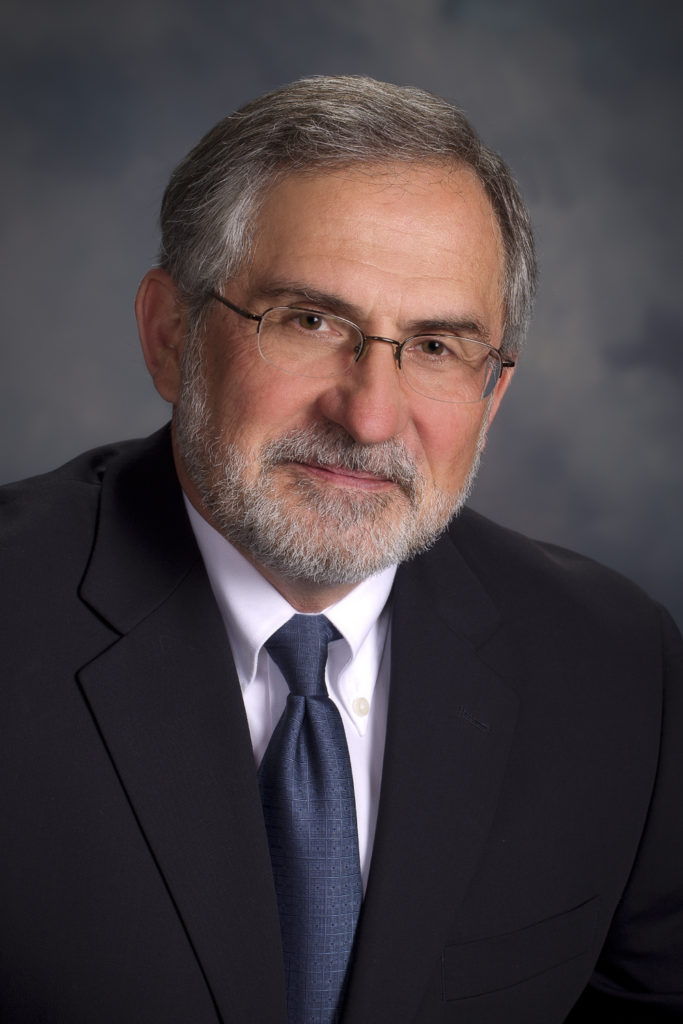Dr. Steve Tomka, Cultural Resources Program Director at Raba Kistner, was recently featured by San Antonio Magazine and shared his perspective on the importance of Archaeologists, including those on his team, in helping protect and preserve historic sites and artifacts while working with city and state governments, developers and other stakeholders as new construction projects emerge. Below is the full article:

As San Antonio continues to grow, archeologists are there to ensure historic sites and artifacts are preserved when construction takes place
Before a hotel can be constructed at Hemisfair or a tunnel inlet added as part of development along the San Pedro Creek Culture Park, archaeologists must first dig underneath the site.
“When you look at a building that’s standing, imagine what’s below it because underground often tells the history of the people who came before you,” says Steve Tomka, who holds a doctorate in archaeology and serves as cultural resources program director at the engineering and environmental firm Raba Kistner Inc. “People were living in San Antonio—whether Native American populations, Spanish missionaries or early settlers and immigrants—there were people living here with lives and dreams.”
State, federal and local guidelines are in place to ensure that ancient artifacts aren’t damaged or discarded when towering multi-use developments are added near downtown, and Raba Kistner is one of the consulting firms often called upon to dig below ground before, and while, construction is taking place.
How much investigation must occur during development depends on the location of a project, says Shanon Shea Miller, director of the city’s Office of Historic Preservation. Places like the Alamo obviously require more monitoring than a previously untouched lot on the city’s northern edge. “Requirements vary in scope depending on the likelihood of discovering archaeological deposits and can range from investigative testing to monitoring during excavation work,” Miller says.
Tomka, who was previously the director of UTSA’s Center for Archaeological Research, says local officials and developers pay more attention to the city’s history than in most other cities, knowing that San Antonio’s past is part of what makes it attractive both to tourists and residents.

Tomka and his team can conduct research to discover what history remains at a site as well as to learn about how well a place like the Alamo is being preserved.
As part of the San Pedro Creek Culture Park development, for example, the dig started on what was an asphalt parking lot and soon turned up rocks that were identified as pieces of the foundation of the 1870s St. James African Methodist Episcopal Church. Further investigation into the site revealed the remains of even deeper foundations that once were part of a soap factory and brewery. The creek’s initial designs were tweaked so that the land can be preserved.
“You start with something that’s in the ground and before you know it, you sort of paint a picture of what these buildings were and what the people who used them did there. Everything comes to life,” Tomka says.












